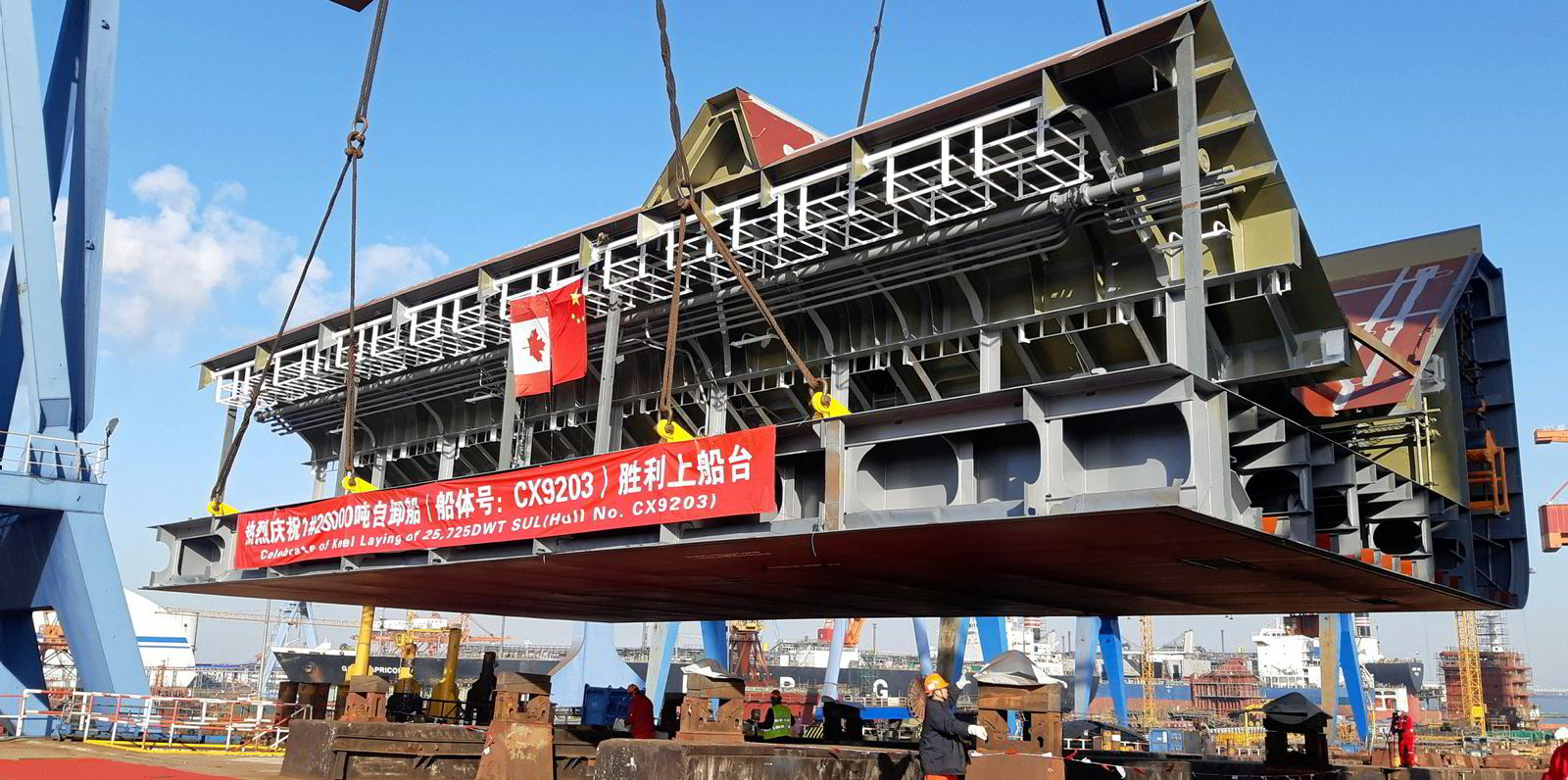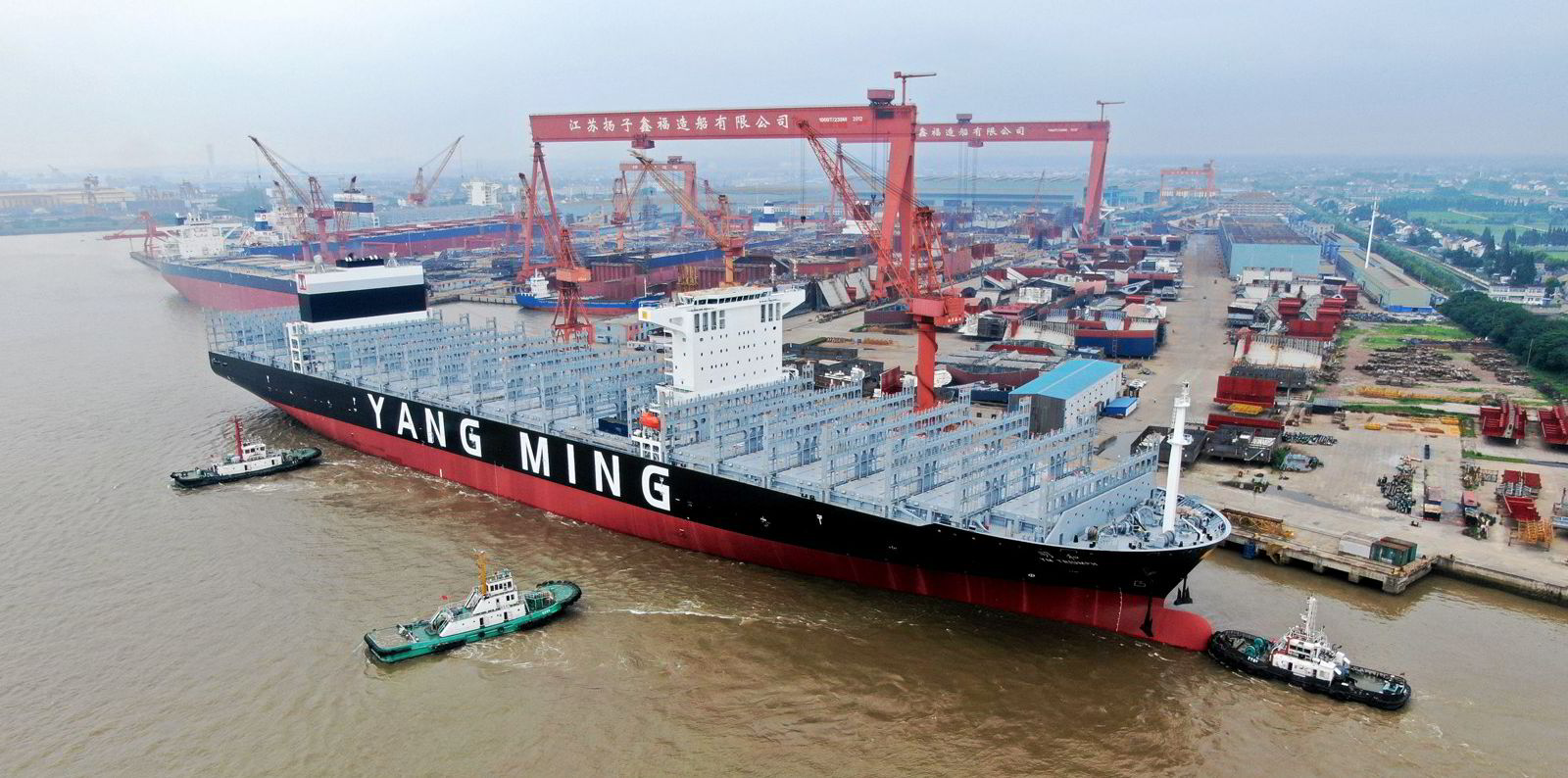Despite slowing newbuilding deliveries, the world fleet has topped 100,000 ships for the first time, according to Clarksons Research.
The company calculates these vessels are worth a combined $976bn, with a quarter classed as "modern eco" tonnage and 20% fitted with scrubbers.
In 2006, the fleet was just passing the 70,000 mark, but less than four years later, this total had hit 80,000. Another four years passed before the 90,000 figure was reached.
But it has taken seven more years to pass 100,000, "as deliveries into the fleet moderated after the shipbuilding boom peaked in 2010/11", said Clarksons Research analyst Trevor Crowe.
Cargoships dominate
The data shows the average size of the 100,001 ships is 21,355 dwt and the average age 21.7 years.
Tankers, boxships and bulkers of more than 10,000 dwt make up 29% of the 2.13bn-dwt fleet.
All types of cargoship account for 62% in total, with most of the rest consisting of ferries, cruiseships, offshore vessels, tugs and dredgers.
The biggest builder of the fleet is Japan, on 22% in dwt terms, followed by China (19%) and South Korea (8%).
Slow growth ahead?
Asian owners control 46% of the deadweight tonnage, with 30% owned by Europeans.
In the past 16 years, the average vessel size has increased by 57%, and the fleet above 20,000 dwt has grown by 11,050 ships.
There are 3,656 more tankers now than in 2006, 6,183 more bulkers and 1,775 more boxships.
Crowe said the orderbook stands at 3,406 units, less than 3.5% of current fleet numbers.
"So progress may be at a fairly moderate pace," he added.
"However, an unprecedented period of fleet renewal and technology change lies ahead and there will be plenty to track both into and out of the fleet."
Today, 557 units on order are scheduled to be delivered with the capability of using alternative fuels.
"Memories of fleet growth milestones may pass swiftly, but the fuelling transition will play a critical role in the future path of the world shipping fleet," Crowe concluded.







